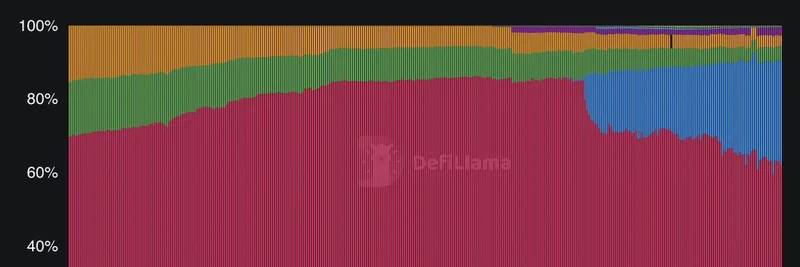In the wild world of cryptocurrency, stories of massive gains and devastating losses are all too common. One such tale comes from Kevin, host of the "When Shift Happens" podcast, who shared a raw experience on X (formerly Twitter) about watching his $7 million investment in LUNA plummet to just $5 in a matter of two days back in May 2022. If you're dabbling in meme tokens or any volatile crypto assets, this is a wake-up call worth heeding.
LUNA was part of the Terra ecosystem, a blockchain project that aimed to create stablecoins pegged to fiat currencies. But when its algorithmic stablecoin UST lost its peg, the whole system spiraled, leading to one of the biggest crashes in crypto history. Kevin's story isn't just about loss—it's about adaptation. After that brutal hit, he revamped his approach, emphasizing patience and value creation over constant trading.
Key Takeaways from Kevin's Experience
Kevin's post highlights a shift in mindset that's crucial for anyone in the meme token space, where hype can drive prices sky-high one day and into the ground the next. Here's what stands out:
Learn Through Pain: Crypto markets are unforgiving. A 10% portfolio dip might feel like the end of the world, but as Kevin notes, it's "just another day" once you've survived worse. For meme token enthusiasts, this means not panicking during dumps—use setbacks as lessons to refine your strategy.
Don't Make Trading Your Job: Many get sucked into day-trading meme coins, chasing quick flips on projects like Dogecoin or newer viral tokens. But Kevin warns you won't consistently beat a simple Bitcoin HODL strategy. HODL, short for "hold on for dear life," just means buying and holding long-term without selling during volatility. Studies and historical data show Bitcoin's long-term returns often outpace active trading, especially after fees and taxes eat into profits.
Build Something Useful: Instead of staring at charts all day, contribute to the ecosystem. This could mean creating content, developing tools, or even launching your own meme token with real utility. Kevin stresses that this not only reduces stress but also enriches you in ways beyond financial gains. In the meme token world, communities thrive on creativity—think of how successful projects like PEPE or SHIB built massive followings through memes, NFTs, and charity initiatives.
Applying This to Meme Tokens
Meme tokens are essentially digital assets driven by internet culture, social media buzz, and community hype rather than traditional fundamentals. They're fun and can yield insane returns, but they're also prone to rug pulls (when developers abandon a project and run off with funds) and pump-and-dump schemes. Kevin's advice aligns perfectly: treat trading as a side hustle at best, and focus on building. For instance, if you're into meme coins, consider starting a Twitter space discussing trends or coding a bot to track token launches on platforms like Solana or Ethereum.
By prioritizing long-term holds like Bitcoin and contributing meaningfully—perhaps by writing guides on meme-insider.com or collaborating on open-source projects—you position yourself for sustainable success. It's a win-win: less anxiety from market swings and more fulfillment from adding value to the blockchain community.
Kevin's thread sparked reactions from others who've faced similar pains, reinforcing that resilience is key in crypto. Whether you're a newbie eyeing the next hot meme or a seasoned trader, remember: the real gains come from patience, learning, and creation—not just speculation.

